Making a pillow for pregnant women with our own hands
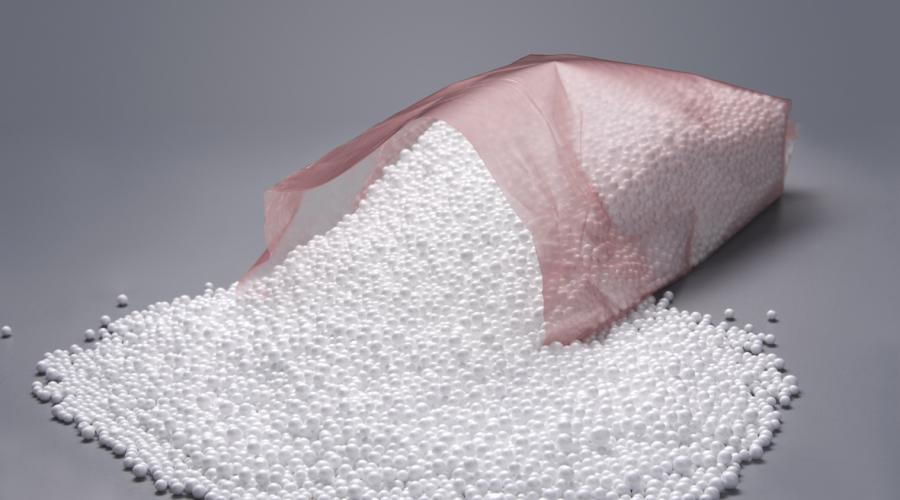
Today we suggest that you consider creating a pillow for pregnant women with your own hands. Let's start.
The necessary tools should be stored neatly at the workplace.
In order to sew for yourself such a simple, but useful thing as, you will need the following items:
- sewing machine;
- threads;
- needles;
- chalk / soap;
- lightning;
- scissors;
- pencil;
- pins;
- pattern paper (any newspaper, pages from old books or notebooks);
- fabric for a pillow;
- pillowcase fabric;
- filler.
With tools, no questions will arise. The only thing is to adhere to the rules of their operation. The situation is different with fabrics and fillers.
It is clear that the fabric for the pillow should be natural, hypoallergenic and pleasant to the touch. Cotton, coarse calico or linen are best suited.
For a pillowcase, fleece, plush, velor, knitwear and even fur may be quite suitable. Your imagination will help you in choosing it. If you have extra time and you know how to use a crochet or knitting needle, then the pillowcase can be knitted. But the threads, in this case, must be of high quality and not cause allergic reactions.
What should be the filler
The comfort of a pillow depends entirely on its filler, which must be soft and maintain its shape. Keep in mind that the object itself for sleeping should be hypoallergenic and not make it difficult to care for it, as well as meet your requirements for its hardness or softness.
The best way to get started is to go to the store and consult with the seller. Find out how much it weighs, what sizes, what your future pillow will be filled with, and also choose its style. All this will give you an idea of how much filler you need. It can be of the following types:
- expanded polystyrene;
- holofiber;
- synthetic fluff;
- buckwheat husk.
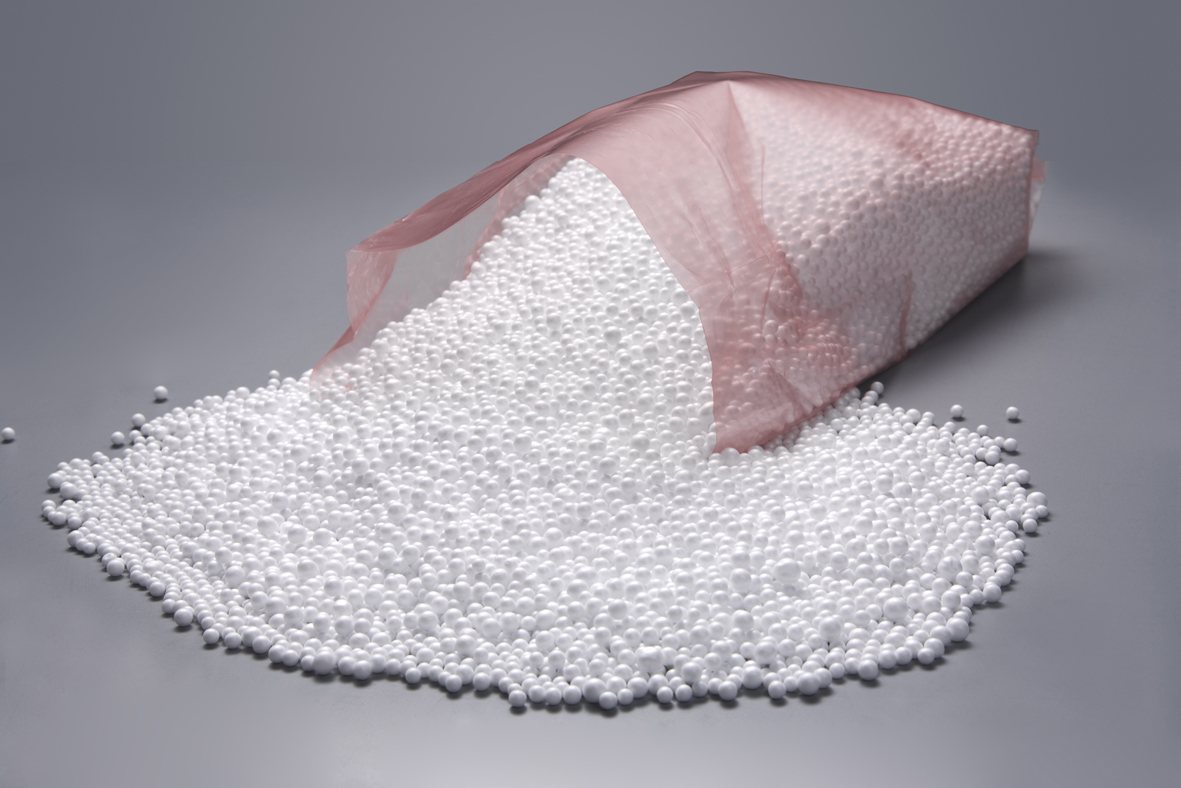 Styrofoam is also called polystyrene foam.
Styrofoam is also called polystyrene foam. Styrofoam balls or, in other words, polystyrene foam keep their shape perfectly, do not form dents, and are quite elastic. They do not cause allergies, do not require special care, repel odors and are environmentally friendly. This filler does not attract mold, microorganisms or insects. Among the disadvantages is the reduction in size of the foam due to the loss of air. Some expectant mothers, moreover, say that it is difficult to fall asleep on such pillows because of the rustle of balls.
Holofiber will be cheaper than expanded polystyrene. It is also hypoallergenic and resilient. Does not absorb odors and will be a poor habitat for insects or other microorganisms. Such a filler is afraid of getting wet, so it will not work to feed a child on a pillow with such content.
Synthetic fluff is in no way inferior to holofiber.
But buckwheat husk is an environmentally friendly product that with one hundred percent probability will not cause allergies. However, the weight of the pillow comes out heavy, and the filler itself is not cheap.
Having chosen what we will fill the pillow with, you can proceed to the very process of creating a sleeping product.
Manufacturing process
The creation of a pillow is a rather painstaking work, like sewing any product. Let's define the most important stages:
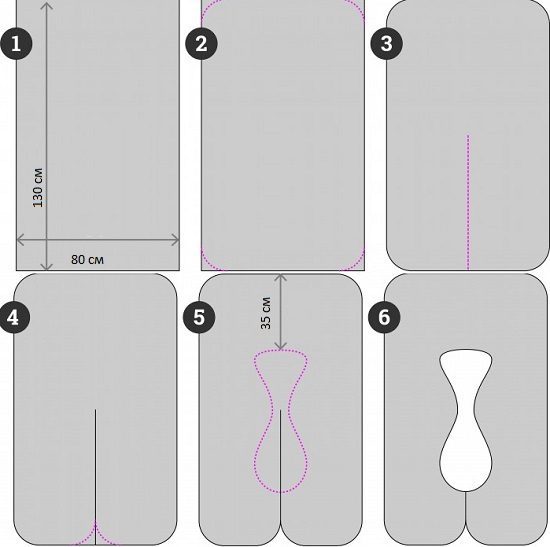
Now we need to grind off all the received details and sew the pillow.
- Sew two long stripes on the front side from the narrow edge.

- We do the same with the rest of the strips. The result should be 3 separate long strips with open seams.
- We sew in a zipper. We need to attach it to the front side of one of the short strips of fabric and sew, making an indent from the top by 1 cm.
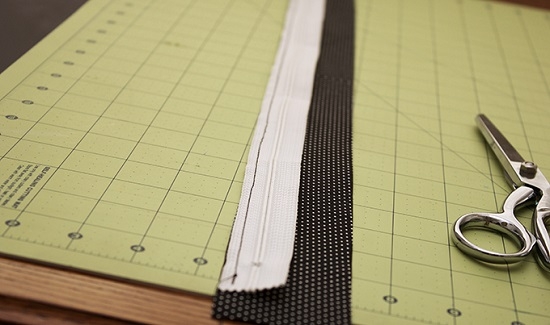
- Sew the second strip in the same way.
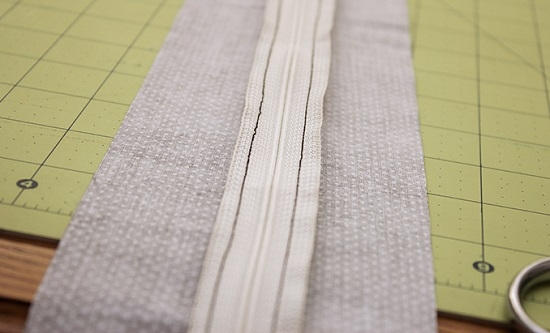
- Next, we need to turn the zipper over to the front side and smooth out all the seams so that it doesn't stick out anywhere, and there are no wavy rises.
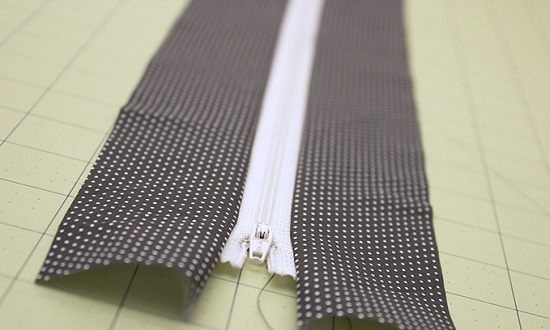
- We should get 3 long stripes and a sewn-in zipper.
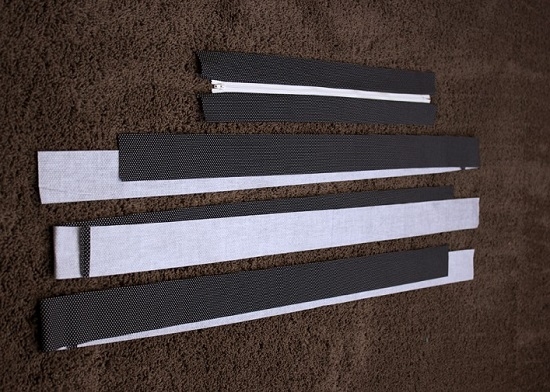
- Sew one long strip to each edge of the zipper, i.e. place the fabric with the wrong side up, stepping back from the edge of the zipper about cm, fix it with pins. We do the same on the reverse side.
Finally, we collect the pillow.
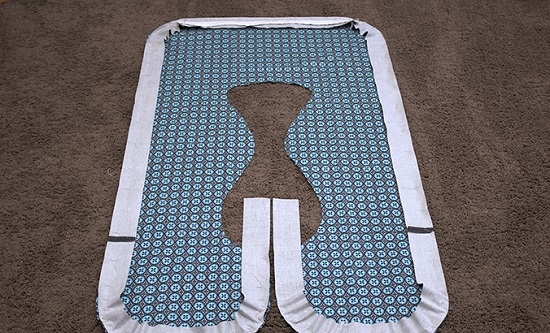
Master class on creating a pillow for pregnant women
And how to make a pillow for pregnant and nursing mothers, you can see in the video below.